Teaching children about diversity can be a tricky proposition. In the "No Child Left Behind" era, so much time is devoted to preparing students for test-taking that old school subjects like good citizenship, social behavior, and community values may get short shrift. (There is, after all, no standardized test for "plays well with others.") Multiculturalism -- so widely emphasized in the Marlo Thomas 70's -- often ends up limited to theme days and special projects. When my daughter was in Kindergarten, we had not heard of the subject of diversity arising in her class until Martin Luther King Jr. Day.
This is how we found out that they were talking about race: over dinner, she announced that Martin Luther King Jr. wanted people with white skin and brown skin to be friends but people got mad so they shot him. While that is not an inaccurate summary of the history involved, it does pretty much foreground the assassination and diminish the rest of his accomplishments. It's a little depressing to think that the legacy of Dr. King's life could be boiled down into "Equality will get you killed."
Obviously, race murder was not the subject we'd expected to be discussing when we asked "How was school, honey?" so we probed to find out what else she had learned. All she could remember was that people have different skin colors and that some people really don't like people with brown skin. As a mixed race girl in a school 95% white, this was not a small thing to ponder.
This theme of skin color continued all week at school, with her classmates making paints to match their own skins, which could be seen as empowering, but which also cements the notion of pigment being key. I was volunteering in class that week and I clearly remember being asked to make a rainbow using the skin colors labeled by student name; I counter-proposed and suggested a collage, with all the colors mixed. Both ideas are ways of saying "we're all in this together" but the second approach moves away from any kind of spectrum in which similar colors would be closest to each other. (Disclosure: The teacher disagrees with my memory of this exchange.)
The hearts of all involved were in the right place: the school for making diversity part of the curriculum and the teachers for trying to explore the theme in hands-on activities. But this particular approach seems to me a little clumsy, even if representative of how a lot of people handle the topic of diversity: sincerely, but in misguided fashion, seeking easy languages and metaphors for inclusion that nonetheless inadvertently emphasize division and otherness.
By the end of the week, the limits of this approach had been made clear when a white boy told a boy of color -- one of his best friends -- that they couldn't play together anymore because of the boy's brown skin. This reaction, I have to admit, was a fairly logical outgrowth of the white child's understanding of the lesson he'd just learned in school: that a white man killed a black man because the black man wanted their races to get along. For the white boy hearing such a message, not playing with his African-American pal could equal watching out for his friend's safety.
Good news: the divide didn't last -- the boys are back to playing to "Star Wars" again. But it illustrates why it is so vital for schools to find more sophisticated, meaningful ways to approach the subject of diversity. I spent the ensuing months reading what diversity educators and developmental experts recommend. Here are 5 simple suggestions I gleaned along the way:
- Don't wait till Martin Luther King Jr. Day to discuss diversity. Halfway through the school year is hardly the time to discover the topic. Keying it to one month implies it is not an ongoing issue and keying it to this one specific day makes it inescapably linked to violence.
My daughter was right, Martin Luther King Jr. died; but he dreamed first -- and he dreamed big enough to change the world. I think that's something worth celebrating and teaching.
Note: The wording of the above blog entry has changed slightly since its original posting to reflect the former teacher's concern about what counts as perception or fact (an area in which we disagree). The guidelines suggested remain as they were.